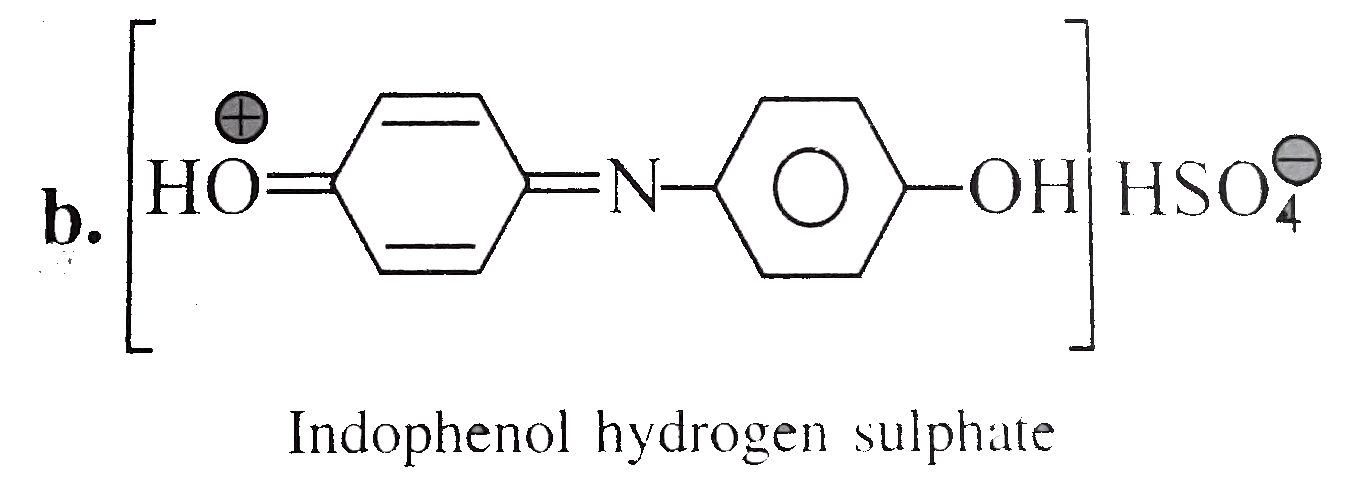When FeCl3 is added to the sodium extract of an organic compound containing both N and S, the red coloured precipitate is formed due to the formation of
A
[Fe(CN)6]3−
B
[Fe(CNS)]2+
C
[Fe(CNS)2]+
D
[Fe(CN)6]4−
Text Solution
The correct Answer is:B
When FeCl3 is added to the sodium extract of an organic compound containing both N and S, a red coloured precipitate of [Fe(CNS)]2+ is formed.
NaCNS+FeCl3→[(Fe(SCN)]Cl2)⏐↓Red coloured complex+NaCl
|
Topper's Solved these Questions
Similar Questions
Knowledge Check

The red colour of compound (B) is due to the formation of:Aa. Bb.
Bb. Cc.
Cc. Dd.Both (a) and (b).
Dd.Both (a) and (b).In Lassaigne's test ,the sodium extract of an organic compound containing both nitrogen and sulpher on treatment withFeCl3produces a blood red colouration due to the formation of
AFe(CNS)2BNaCNSCNH4CNSDFe(SCN)3Sodium extract of an organic compound gives blood red colour with FeCl3. It contains
ANBSCN and SDS and Cl

The red colour of compound (B) is due to the formation of:
View SolutionSodium extract of an organic compound gives blood red colour with FeCl3. It contains
View SolutionDuring detection of phosphorus in an organic compound, yellow precipitate is formed due to the formation of
View SolutionIn Lassaigne's test when both N and S are present, blood red colour is due to the formation of
View SolutionThe sodium extract of an organic compound on treatment with FeSO4 solution, FeCl3 and HCl gives red solution. The red colour of
View Solution
